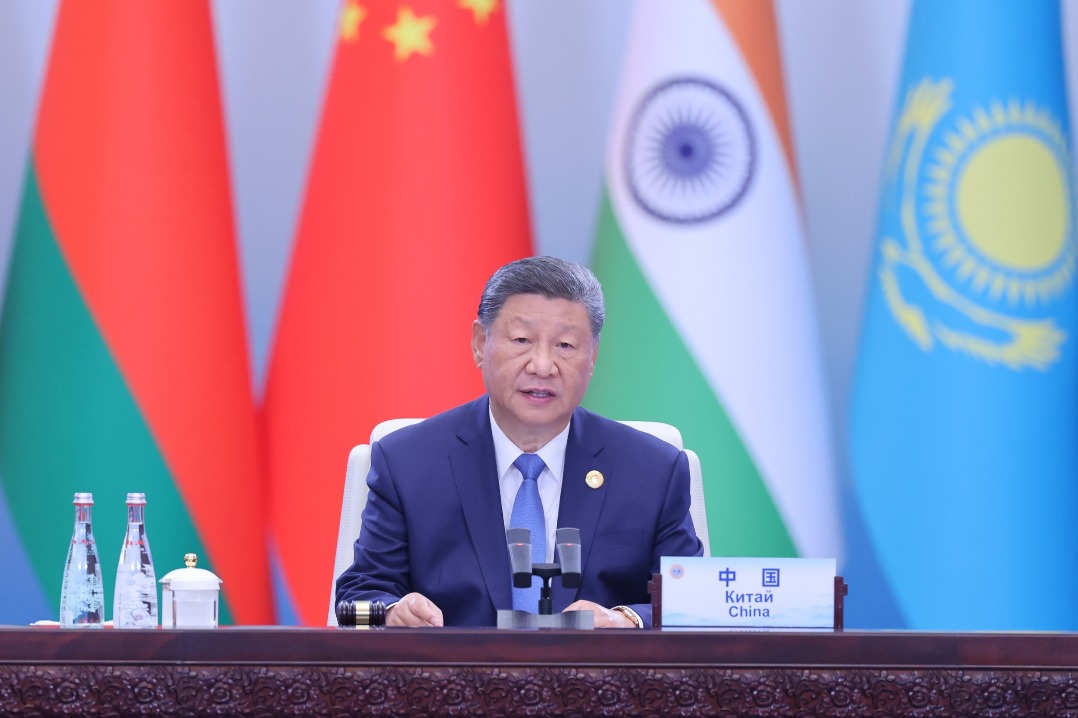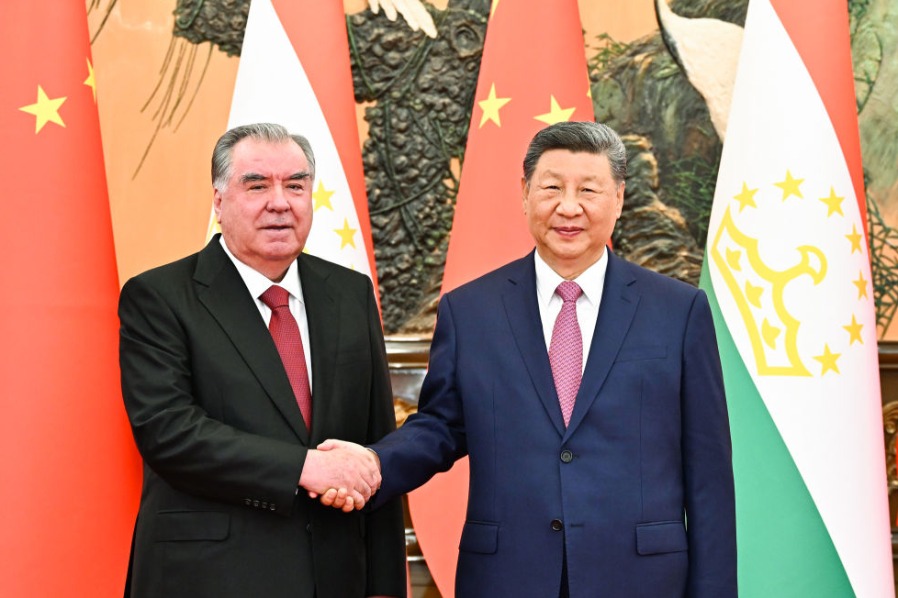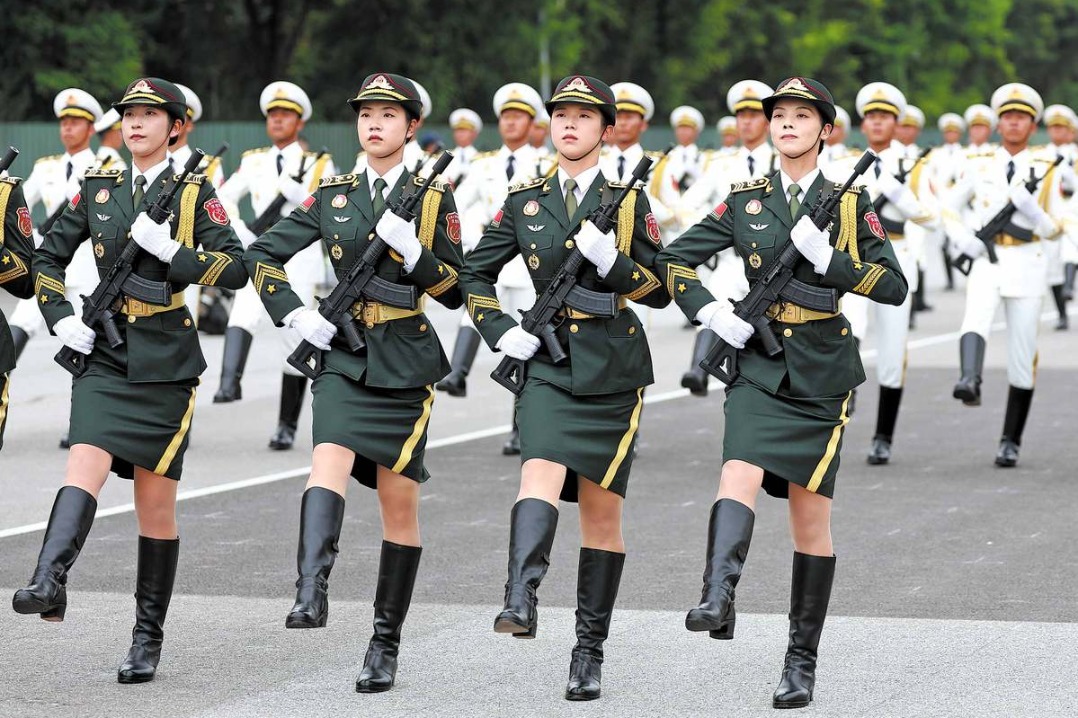Innovative workforce crucial for future reform


China's economic growth over the past more than four decades has been truly incredible. Since China launched reform and opening-up in 1978, its GDP growth has averaged above 9 percent a year, and it has lifted more than 800 million people out of poverty. It has also significantly improved healthcare, education and other services.
China's opening-up and rapid economic development began with Shenzhen. While millions of workers and huge amounts of resources were brought in to Shenzhen and other coastal regions, energy was sourced from other regions or imported to fuel economic growth. And the goods manufactured in the coastal regions were shipped through Hong Kong port and airport.
Guangdong province, where Shenzhen is located, had and still has insufficient energy resources, and it meets most of its energy requirements through supplies from other parts of China or imports.
Economic growth has benefited Chinese society in many ways. For example, in 1989, Guangdong had a total of 16 kilometers of expressways. In 2023, it had more than 11,000 km of expressways. In 1992, Guangdong had no subways. By 2023, Guangzhou city alone had 16 subway lines covering 653 km, while Shenzhen had 16 subway lines totaling 431 km. In 1990 Guangdong's GDP was a mere 155.9 billion yuan ($21.44 billion). In 2023, its GDP exceeded 13 trillion yuan; making it the 12th largest economy in the world.
Today, most of the global supply chains are connected to China in some way or the other. However, as the cost of energy-intensive and labor-intensive production has risen significantly in China, companies are relocating to lower-cost manufacturing locations.
This may appear to be a problem, but it's not. The Chinese mainland is simply on a path other countries and regions have tread to achieve higher value production. The Chinese mainland, on its part, is creating more high-wage, high-value jobs, as it knows that harnessing the potential of existing workers is key to maintaining economic productivity.
After the end of World War II, Japan gradually became the workshop of the world by being one of few countries that could provide unskilled labor and cheap land for manufacturers both from home and abroad. Those people who grew up in the late 1960s and early 1970s, and are familiar with the friction between the United States and Japan in later years know that most simple things during those years were labeled "Made in Japan".
By the mid-1970s, many of those items started being labeled "Made in South Korea", followed by "Made in Taiwan" and "Made in Hong Kong".
And by the mid-1990s, the labels had mostly changed to "Made in China".
These developments demonstrate a natural transition which, over the years, took place in Japan, the Republic of Korea, Taiwan and the Hong Kong Special Administrative Region, and is now taking place on the mainland.
Each of these economies began their development by manufacturing low-technology, low labor-cost and energy-intensive products for export. However, given the increase in their literacy rate and skilled labor force, and high-tech development, it made perfect business sense for them to shift their low-end production to other economies that welcomed it.
Such a transition, however, is a bittersweet medicine, always associated with difficult and sometimes painful policy decisions. Nonetheless, to transform itself into the next secure, consumer-based economy, China needs to make hard decisions.
China's working-age population peaked at 1 billion in 2014, dipping in the last few years. China's working-age population has been declining by an estimated 7.9 million a year since 2020 and will drop to about 58.6 percent of the total population by 2030. And by 2100, China is projected to have a workforce of less than 400 million.
This problem is not unique to China.
Dozens of countries in Asia, Europe, the Americas, the Middle East, Africa and Oceania, including Germany, Italy, Ireland, Poland, Canada, Sweden, Switzerland, the Netherlands, Norway, Luxembourg, Portugal, Ghana, India, Mexico and New Zealand are, to varying degrees, issuing passports based on ancestry, with some of them granting dual citizenship based on genetic linkage. This is especially important to countries such as Mexico which, in particular, have been attracting large investments in the manufacturing sector.
Challenging times call for innovative solutions. China has become the world's largest economy (according to GDP purchasing power parity). It is also the world's biggest manufacturer and trader in goods, and has the largest foreign exchange reserves. As a result, it has become a major commercial partner of the US. China is the US' largest merchandise trading partner, biggest source of imports, and third-largest export market. It is also the largest foreign holder of US Treasury securities.
Despite a record number of graduates entering the job market this year, China still faces a shortage of skilled personnel, especially in the manufacturing sector. According to a survey published in 2022 by China International Intellectech Corporation, 83 percent of manufacturers face difficulties in recruiting skilled workers. A manufacturing talent development guide issued by the Ministry of Industry and Information Technology and other departments said China may face a shortage of about 30 million skilled workers in 10 critical manufacturing sectors by 2025.
Increasing investment in the country's workforce and taking bold and innovative steps to attract and retain talent is key to unlocking a stronger and more stable economy. And China is mostly doing what needs to be done to realize that goal.
Harley Seyedin is the president of the American Chamber of Commerce in South China. James Eric Black is the Schumann Endowed professor and chair of Mercer University's Department of Journalism and Media Studies. The views don't necessarily represent those of China Daily.
If you have a specific expertise, or would like to share your thought about our stories, then send us your writings at opinion@chinadaily.com.cn, and comment@chinadaily.com.cn.


































